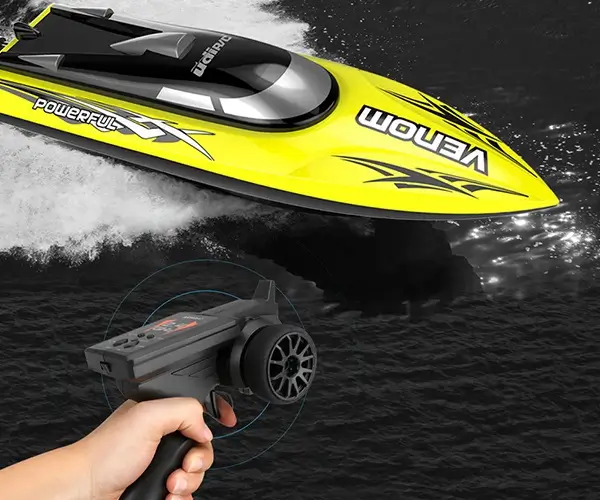So, you're diving into the world of FPV drones, huh? And you're hunting for the best motors to get that adrenaline rush — or maybe just sharp, smooth flying. Well, if you've ever spent time tinkering with your drone setup, you know the motors can make or break the experience. Let's talk about what really matters when choosing the right motor for an FPV ride that punches above its weight.

First off, consider size and weight. Bigger isn’t always better, but for bigger frames, motors with higher KV ratings—like 2205 or 2306 sizes—often pack a punch and deliver the torque needed. Smaller, lightweight motos like 22XX series are great for tight, nimble flying, especially those micro drones. If agility is your game, then a motor with lower weight and a decent KV can give you that quick, snappy response.
What about power? Here, it’s all about how many amps a motor can handle without overheating. More amps mean more thrust, and thrust equals speed. But you don’t want to just chase big figures — durability and efficiency matter too. You could have a motor with incredible power, but if it’s burning out after a few flights, that’s not cost-effective. Some brands really hit the sweet spot with optimized heat dissipation and sturdy wiring.
And then there’s the motor windings. Either you go for traditional brushed motors or brushless ones—brushless are the standard for FPV. They last longer and are much more efficient, running cooler and delivering a smoother ride. These brushless motors are the backbone, helping you carve through the air with precision. When you pick the right one, you'll notice how it translates to sharper turns, more stable hover, and even saving battery life.
But hey, it’s not just about raw power. Noise levels come into play, especially if you're flying close to other pilots or trying to keep a low profile. Some motors are deliberately quieter, which is a perk for those who want stealthy flights. Plus, compatible props make a difference. A motor’s KV rating needs to match the right prop size—big props need lower KV motors, smaller props go well with higher KV setups.
You might ask, "How do I pick the best one for my drone?" Honestly, it depends on your flying style. For freestyle tricks, you want a motor that delivers quick response and durability. If racing’s your thing, think about motors that give you speed and responsive power. For casual cruising, efficiency and battery life might come first.
It’s worth mentioning the quality every time. Lower-quality motors can be a false economy—cheap windings or poor bearings spell trouble quick. “Is this motor compatible with my frame?” yep, that’s a big one. Make sure your chosen motor fits your frame's specifications and can handle the demands of your favorite flying style.
What really sets a good motor apart, though, is how it performs in real-world conditions. Some brands are known for their consistency, giving pilots peace of mind when pushing their drone to the limits. The sensation of having a motor that responds instantly and smoothly? It’s like flying on a wire—precise, controlled, almost artistic.
To sum it up, your choice hinges on weight, power, durability, and the flying style you’re aiming for. Whether you're carving tight turns or smashing through speed runs, the right motor makes all the difference. Look for trusted brands, balanced specs, and remember—sometimes going for the more refined, efficient options pays off far more than chasing the biggest numbers. Happy flying!
Leveraging innovations in modular drive technology, Kpower integrates high-performance motors, precision reducers, and multi-protocol control systems to provide efficient and customized smart drive system solutions.




































